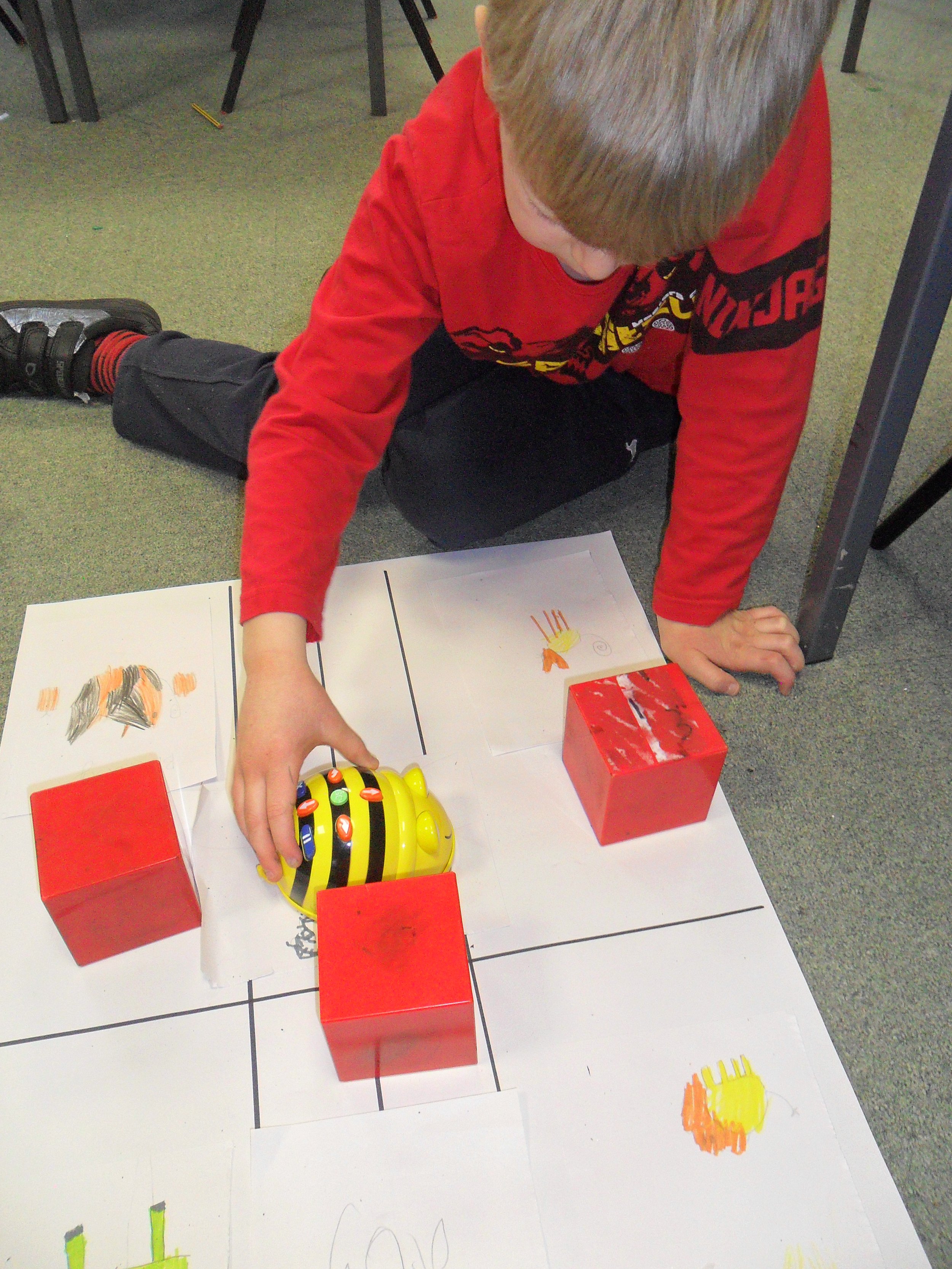
Computing at Central Street
At Central Street we want all children to be able to thrive as responsible, digital citizens. Technology is everywhere and already plays an important part in our students' lives. Our Computing curriculum aims to promote a life-long curiosity and love of learning through accessible digital learning and technology.
Intent – How is our Computing curriculum designed?
At Central Street, we want to model and educate our children on how to use technology positively and safely. We teach them to become good digital citizens, to know how to stay safe and keep others safe online and the importance of what they share in creating their own digital footprint.
We want our children to understand the potential of technology and start to build computing skills for the future. We want them to grow up wanting to become digital creators, software engineers, video game designers, or web developers.
We want our children to be confident and competent using a range of technology and our broad computing curriculum includes computer science, digital literacy and online safety. We encourage staff to try and embed computing across the whole curriculum to make learning creative and accessible. We recognise that technology can allow pupils to share their learning in creative ways.
Implementation - How is our Computing curriculum delivered?
At Central Street, our scheme of work for Computing is adapted from the ‘Teach Computing’ Curriculum and covers all aspects of the National Curriculum. This scheme was chosen as it has been created by subject experts and based on the latest pedagogical research. It provides an innovative progression framework where computing content (concepts, knowledge, skills and objectives) has been organised into interconnected networks called learning graphs. We also incorporate aspects from Purple Mash to best suit the needs of our children.
Our curriculum aims to equip young people with the knowledge, skills and understanding they need to thrive in the digital world of today and the future. The curriculum can be broken down into 3 strands: computer science, information technology and digital literacy, with the aims of the curriculum reflecting this distinction.
Children complete computing units half-termly.
The school uses a suite of core applications linked to Purple Mash, which enable children to develop and progress their skills through-out school.
Topics are blocked to allow children to focus on developing their knowledge and skills, studying each topic in depth.
In Computing lessons, children use laptop computers which allows them to practice basic mouse and keyboard skills in each session.
Teachers follow a clear progression of skills which ensure all pupils are challenged in line with their year group expectations and are given the opportunity to build on their prior knowledge.
To support teaching, staff access a range of resources and planning including Purple Mash, Teach Computing and more.
The National Curriculum for Computing aims to ensure all pupils:
Can understand and apply the fundamental principles and concepts of computer science, including abstraction, logic, algorithms and data representation.
Can analyse problems in computational terms, and have repeated practical experience of writing computer programs in order to solve such problems.
Can evaluate and apply information technology, including new or unfamiliar technologies, analytically to solve problems.
Are responsible, competent, confident and creative users of information and communication technology.
Impact - How effective is our Computing curriculum?
Staff ensure that skills build on those that have been attained in previous years to consolidate and build on them as they move through school. Many parents engage with the school’s social media channels (Class Dojo) to keep up-to-date with developments that are happening in school.
We measure the impact of our curriculum using the following methods:
Immediate next steps provided via verbal feedback.
Formative assessment from pupil discussions about their learning.
Summative assessment against National Curriculum objectives using the Target Tracker assessment system
Images of the children’s practical learning in a class portfolio or in individual books.
Children’s work saved onto their individual Purple Mash or Dojo accounts.
Interviewing the pupils about their learning (pupil voice).
Class portfolios are scrutinised and there is the opportunity for a dialogue between teachers to understand their class’ work.
Our Computing Gallery
Safer Internet Day 2022
Safer Internet Day 2022
Safer Internet Day 2022
E-Safety and Digital Citizenship
A key part of implementing our computing curriculum was to ensure that safety of our pupils is paramount. We take online safety very seriously and we aim to give children the necessary skills to keep themselves safe online. Children have a right to enjoy childhood online, to access safe online spaces and to benefit from all the opportunities that a connected world can bring them, appropriate to their age and stage of development.
Help guides:









